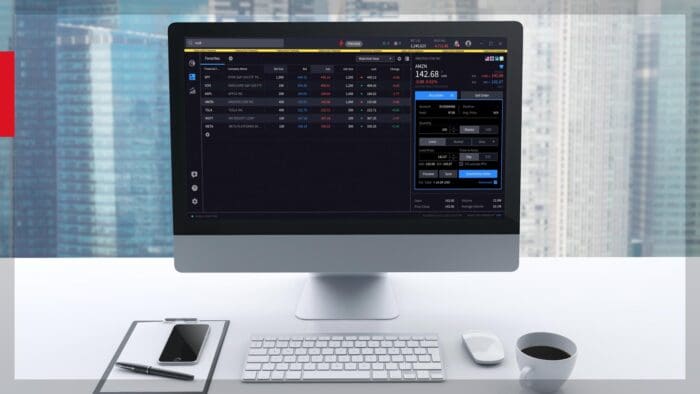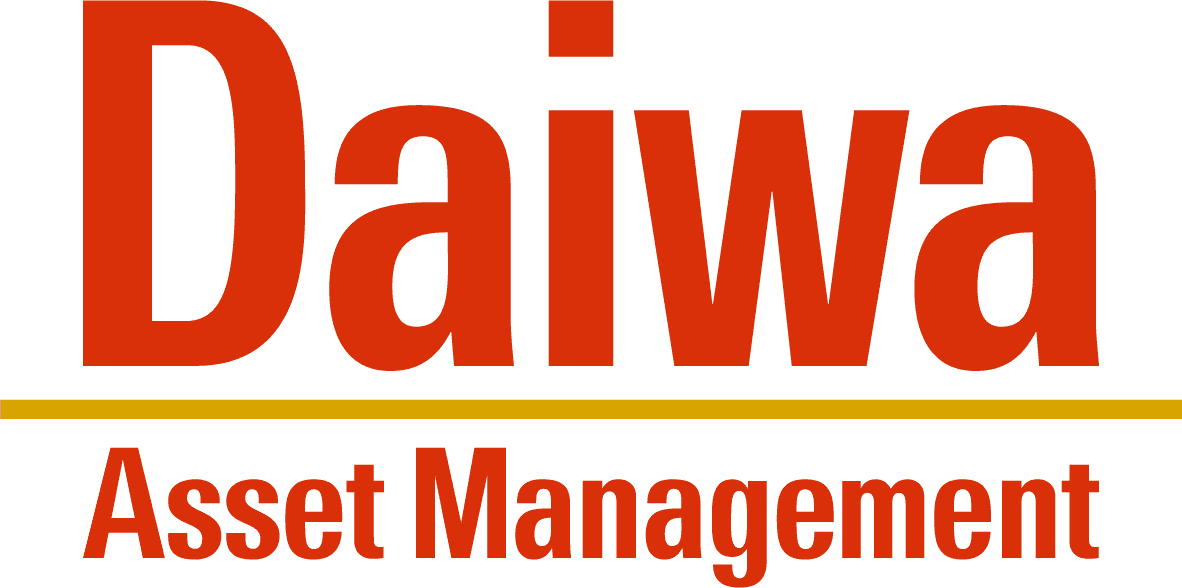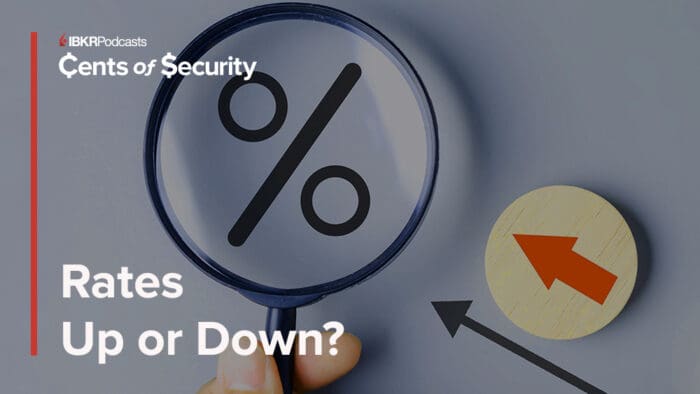The market keeps climbing despite headline shocks- tariffs, rate spats, and all. Kevin Davitt joins us to unpack why investors seem unfazed, and why Q2 earnings and tech giants like NVIDIA may be driving the real narrative.
Summary – IBKR Podcasts Ep. 273
The following is a summary of a live audio recording and may contain errors in spelling or grammar. Although IBKR has edited for clarity no material changes have been made.
Andrew Wilkinson
Welcome to this week’s Market Minute with me, Andrew Wilkinson. I’m with my guest, Kevin Davitt, who is the Head of Index Options Content at the Nasdaq. Kevin, as ever, welcome back to the program.
Kevin Davitt
As ever, thank you for having me back.
Andrew Wilkinson
I wanted to start with a headline from a midweek market wrap from no less than The Wall Street Journal, and it read Stock market today Trump says 50% tariff on Brazil coming, Nasdaq rises to record. And as I scratched my head, I thought of one word for Kevin Davitt, which is discuss that headline, Kevin.
Kevin Davitt
One word, huh? Very open-ended. What a difference a couple of months makes. Had we read these headlines—if you were reading the headlines in late March or April—the market reacted very differently, which, to my ears, is the heart of your question. So how do we explain record highs in early July and panic selloffs in April?
You’re probably familiar with the old Benjamin Graham saying In the short run, the market’s a voting machine, and in the long run, it’s a weighing machine. It strikes me like this market right now is doing a better job of focusing on that long run and the proverbial kind of weighing mechanism. We’ve become inured to those types of headlines.
Now, yesterday was supposed to be the deadline following a 90-day pause, which was pushed out more recently for a number of trading partners. I think the bigger story is that the market has moved on—at least in the short term—from the threat of tariffs. Thus far, the impact of walked-back tariffs has not been significant with respect to inflation data.
And for the time being, the issue—be it with Brazil, where we actually have a trade surplus with Brazil, which strikes me as a more politically motivated tit-for-tat given the relationship with da Silva, who is now the president, and Bolsonaro, who was president—now, we could be coming back here in a couple of weeks saying, “My, oh my, how things have changed.”
But to answer your question right now, the market is not focused on tariffs. It’s focused on Q2 earnings, which are right in front of us, and the prospect—given relatively favorable comps—for another good quarter. And I think that’s explaining in large part how the market continues to reach new all-time highs.
Andrew Wilkinson
So NVIDIA this week reached $4 trillion in market cap. That’s the first time a U.S. company—or any company—has ever done that around the world. Let me ask you, how is technology leading the broad market, Kevin?
Kevin Davitt
So that’s a question that could have been posed at any point in the past decade. The leadership has shifted a handful of times over that window—if you’re talking about a decade. But for the past—let’s say since late 2022—NVIDIA has been very much a focal point. As you mentioned, first company to reach that valuation.
It is now the most significant constituent in both the Nasdaq 100 and the S&P 500. But when you look at the “Magnificent Seven,” which was broadly the focus last year—2024—and for much of 2023, there has been much more significant dispersion in performance amongst that group of tech giants than there was in the previous two years.
So the point there we have seen NVIDIA continue to outperform, and we have seen names like Apple and Tesla underperform relative to the rest of the group. I would argue that is indicative of a more broadly healthy market.
And then when you look beyond that, at the sector level, there has been this year broader performance on the upside. We talked toward the end of last year about how concentrated the growth of the broad markets was, and how much it was driven by a handful of names. That has expanded this year, and that feels like a healthier market—again, words I could be eating in a handful of weeks—but we will get a much better look at whether that is in fact the case during these Q2 earnings.
And then what’s sort of perfectly interesting about that is that NVIDIA tends to report toward the very end of earnings season, and so we will continue to be able to talk about that powerhouse of a name that continues to outperform.
Andrew Wilkinson
I wanted to turn the discussion to interest rates, where we’ve seen an increasing spat about policy. Should the Fed cut? Will it cut? Won’t it cut? Will it cut sooner rather than later? How important do you think is the discussion, and what’s your takeaway on monetary policy, Kevin?
Kevin Davitt
So first of all, I’ll readily admit that I’m by no stretch of the imagination a master of interest rates. I follow it at the macro level.
I think one of the points I made in the first question about the market a little bit being inured to headlines like this could apply, in this case, to the sort of rhetorical back-and-forth between some members of the administration. And administrations always—or historically—get a great deal of credit for when economies do well, and they arguably get too much blame when things go wrong, because there are just broad economic cycles that are going to play out independent of who happens to reside in the White House.
Now, interest rates—as your audience likely knows—can act as an accelerant or a braking mechanism. And the administration wants to step on the gas, and the Fed historically has been independent of political regimes. They have their dual mandate, and it seems to me like the core of monetary policy seems committed to being data dependent.
And I think that’s a good thing for the markets long term. Short answer is it seems more headline-driven, and investors seem to be discounting that back-and-forth rhetoric.
Now, if we do get a replacement for Powell that seems more politically motivated, maybe that sentiment changes. Here and now, the market is pricing in somewhere between one and three—with really the middle of that being two 25-basis-point cuts—by the end of this year. That has been coming in more recently given strong jobs data. And what’s typically referred to as the “terminal rate”—the point at which the Fed will likely stop easing—has been rising.
We’ll see what shakes out. And that’s always the case. If we talked three years ago about Fed funds futures and the expectation for hikes, the market was very wrong. And so it’ll continue to be a point of interest. It certainly has an impact on the broad market—we saw that play out significantly in 2022. Here and now is one of easier monetary policy, and it’s a question of by how much.
Andrew Wilkinson
Kevin, thank you very much for your insights.
Kevin Davitt
You are very welcome. Thank you for having me, Andrew.
Andrew Wilkinson
Thanks to the audience for joining us, and remember, if you liked today’s episode, subscribe wherever you download your podcasts from. Bye for now.
Disclosure: Interactive Brokers
The analysis in this material is provided for information only and is not and should not be construed as an offer to sell or the solicitation of an offer to buy any security. To the extent that this material discusses general market activity, industry or sector trends or other broad-based economic or political conditions, it should not be construed as research or investment advice. To the extent that it includes references to specific securities, commodities, currencies, or other instruments, those references do not constitute a recommendation by IBKR to buy, sell or hold such investments. This material does not and is not intended to take into account the particular financial conditions, investment objectives or requirements of individual customers. Before acting on this material, you should consider whether it is suitable for your particular circumstances and, as necessary, seek professional advice.
The views and opinions expressed herein are those of the author and do not necessarily reflect the views of Interactive Brokers, its affiliates, or its employees.
Disclosure: Nasdaq
Index
Nasdaq® is a registered trademark of Nasdaq, Inc. The information contained above is provided for informational and educational purposes only, and nothing contained herein should be construed as investment advice, either on behalf of a particular security or an overall investment strategy. Neither Nasdaq, Inc. nor any of its affiliates makes any recommendation to buy or sell any security or any representation about the financial condition of any company. Statements regarding Nasdaq-listed companies or Nasdaq proprietary indexes are not guarantees of future performance. Actual results may differ materially from those expressed or implied. Past performance is not indicative of future results. Investors should undertake their own due diligence and carefully evaluate companies before investing. ADVICE FROM A SECURITIES PROFESSIONAL IS STRONGLY ADVISED.
© 2023. Nasdaq, Inc. All Rights Reserved.
Options
For the sake of simplicity, the examples included do not take into consideration commissions and other transaction fees, tax considerations, or margin requirements, which are factors that may significantly affect the economic consequences of a given strategy. An investor should review transaction costs, margin requirements and tax considerations with a broker and tax advisor before entering into any options strategy.
Options involve risk and are not suitable for everyone. Prior to buying or selling an option, a person must receive a copy of Characteristics and Risks of Standardized Options. Copies may be obtained from your broker, one of the exchanges or The Options Clearing Corporation, One North Wacker Drive, Suite 500, Chicago, IL 60606 or call 1-888-OPTIONS or visit www.888options.com.
Any strategies discussed, including examples using actual securities and price data, are strictly for illustrative and education purposes and are not to be construed as an endorsement, recommendation or solicitation to buy or sell securities.
© 2023. Nasdaq, Inc. All Rights Reserved.

















Join The Conversation
For specific platform feedback and suggestions, please submit it directly to our team using these instructions.
If you have an account-specific question or concern, please reach out to Client Services.
We encourage you to look through our FAQs before posting. Your question may already be covered!